Do Retail Clubs Fit?
We are asked frequently by golfers about whether a particular set of off-the-rack clubs will fit them. Since we keep track of the products offered by the OEMs, we usually can provide some helpful information about clubhead design and stock shaft behavior that are not always accurately represented by the claims of heavy marketing. And we explain that a good OEM golf club design is not always the same as a good fitting club. We try to be helpful because everyone interested in buying clubs needs to start somewhere.
In our experience, it's not possible to answer the question in a meaningful way without one-on-one personal clubfitting. You need to compare how you swing your clubs with correctly matched demo clubs using a calibrated launch monitor that accurately measures clubhead speed, ball speed, launch angle, and ball spin directly. More measurements are helpful but you need those four numbers. And it's a great help to measure the angle of attack of the clubhead at impact with the ball. Measuring swing path and face angle are good too. You get the idea, the more that can be measured, the more likely the fitting will find the right clubs for your swing.
An important part of testing clubs is to do it under the watchful gaze of a clubfitter who knows how to recognize a wide range of swing faults and who understands what contributes to the problems. Swing faults and club properties are inter-related. Clubs that are too long, too short, too heavy, too light, too soft, too firm, etc will affect your swing: guaranteed.
Emailng or phoning in what you think is going on in your swing or with your clubs doesn't work sufficiently well. It's difficult for golfers to know if they address the ball incorrectly, stand a little too upright, or swing the club in a way that puts them too close to the ball and before they have fully released the club with mechanics that maximize clubhead speed.
But the essential part of clubfitting is determining your golf swing range-of-motion. The golf swing involves movement patterns that are not part of normal daily living for nearly all of us. It means that the swing will be subjecting your body to forces and motions that you are not acustomed to having. If you swing too fast or to slow you will not get a good fit, and worse, you may hurt yourself. You need to know something about your physical capability to swing a club efficiently.
And that brings us back to the question we hear frequently: will the brand X club fit me? The answer is: let's measure and study how you swing it to determine what part of the result is due to the club's properties, the efficiency of your swing technique, and your range-of-motion capability. And then let's compare it to a club that the data indicates will be an effective fit to your swing. Give yourself the best chance possible to play well and get more enjoyment from the game.






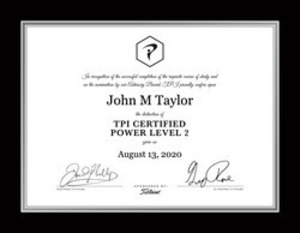


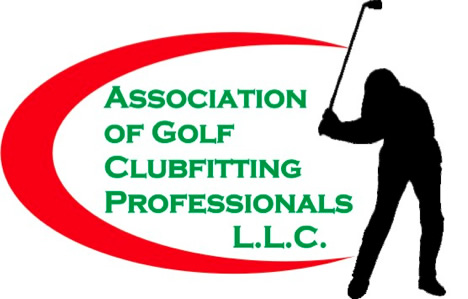

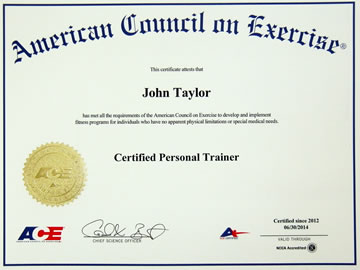
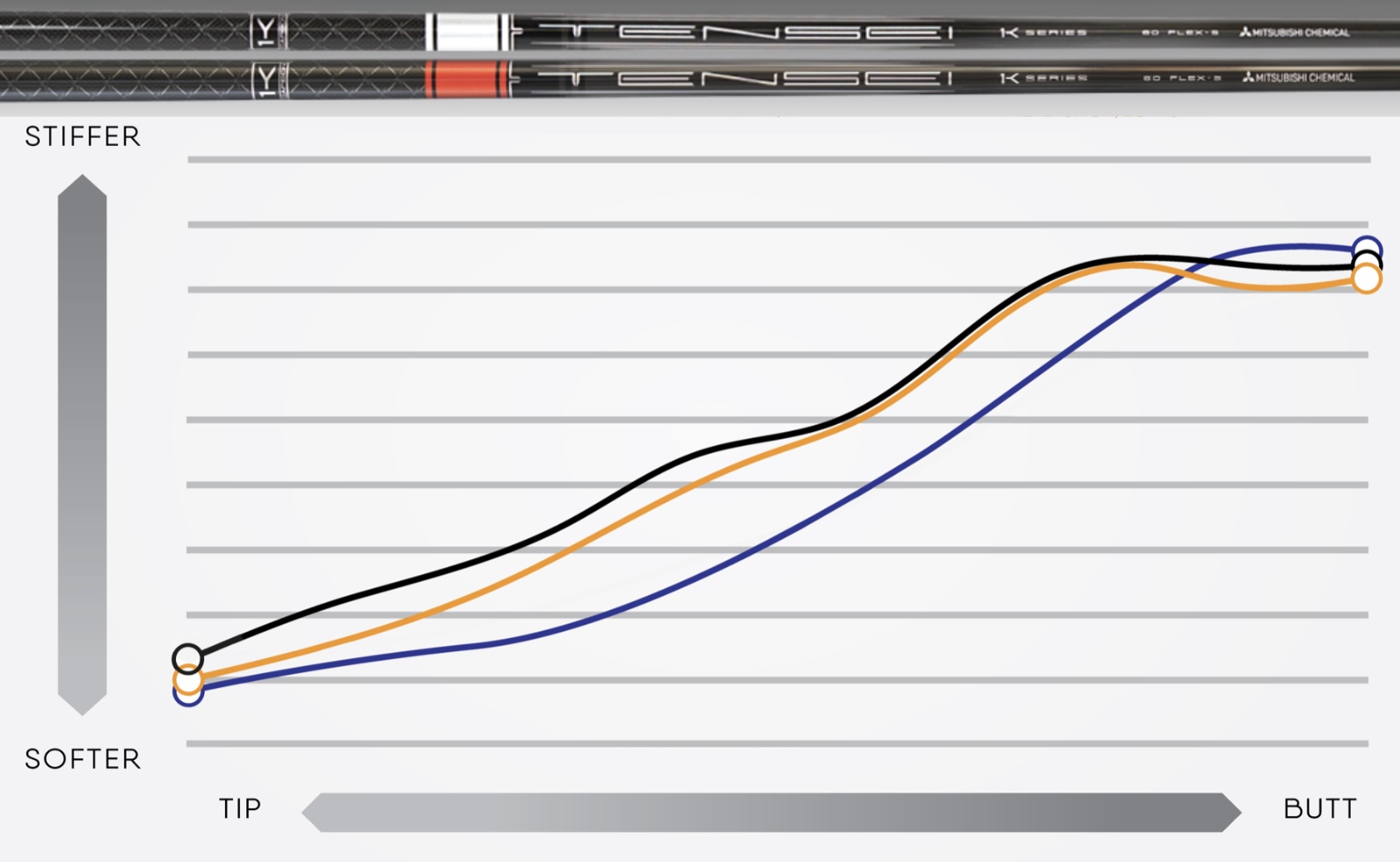
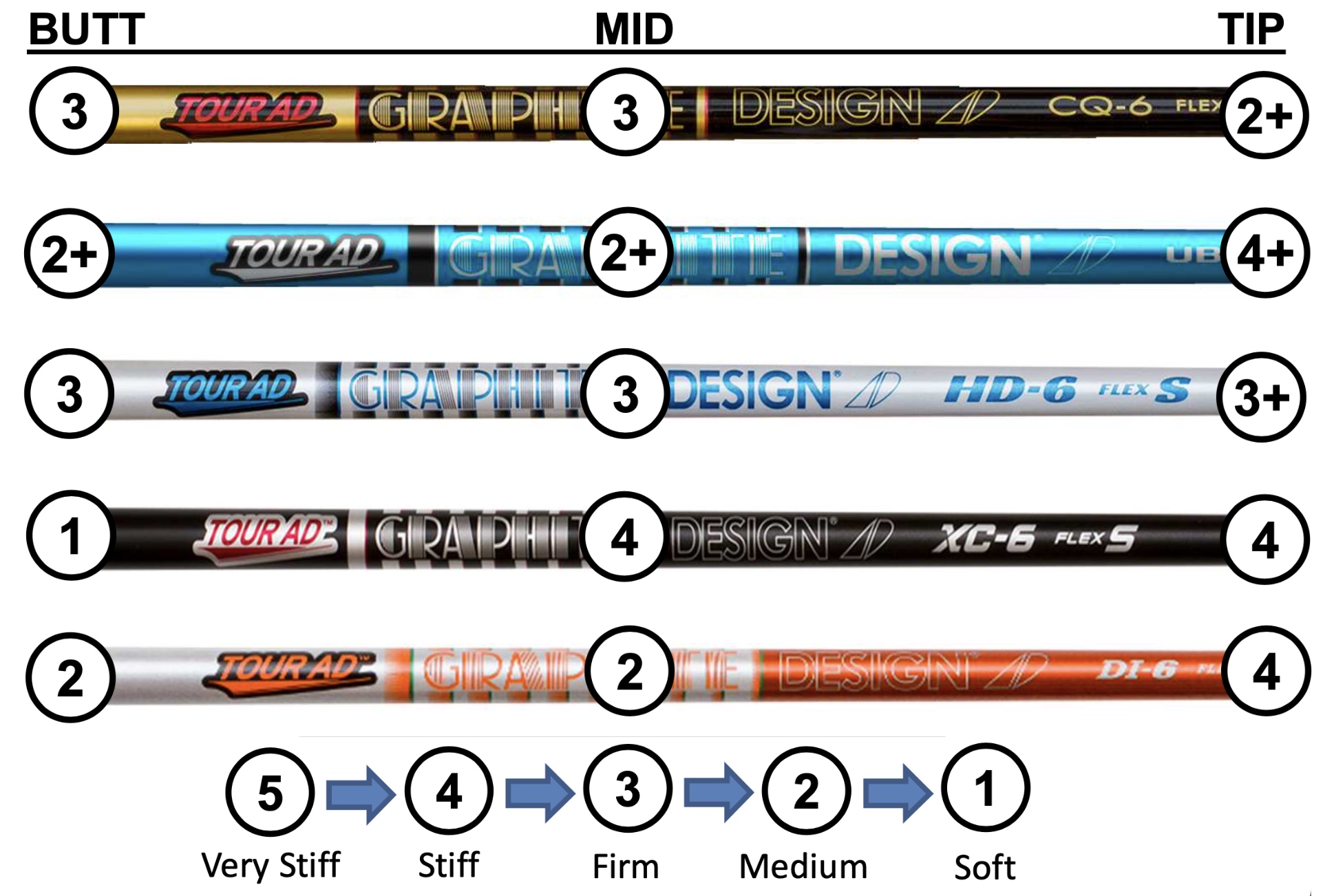













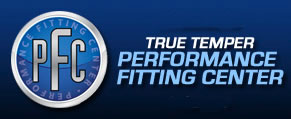

 John Taylor
John Taylor
Reader Comments